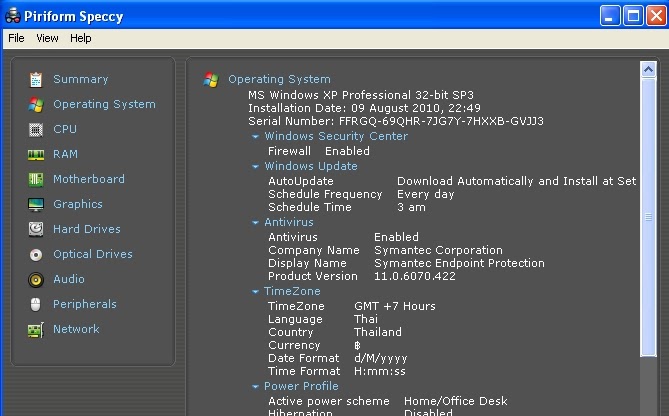

The free energy difference can thus be analytically expressed as It is based on the assumption that the free energy necessary to create a nucleus of n particles can be divided into a favourable term, proportional to the number of particles in the nucleus, and an unfavourable term, proportional to the dividing surface between the nucleus and the solution. Where is the difference in chemical potential between the crystal and the liquid phase, n is the number of molecules in the crystal phase, γ is the surface tension and S is the surface of the nucleus. In the above expression, the surface S can be expressed as a term proportional to in order to have an equation depending on the size of the cluster only, where α relates to the scaling of the surface with respect to the volume of the nucleus. The simplicity of this expression is based on the assumptions that nuclei possess the same constant properties such as and γ regardless of the cluster size n. This theory has proven to be very useful for many systems, and only in recent years has an in-depth investigation of the discrepancies between CNT predictions and experiments attracted increasing interest.Īmong other mechanisms and theories that have been suggested and applied, an important role is played by the two-step nucleation mechanism, suggested by Vekilov (2004 ), Kuznetsov et al.

According to the two-step mechanism, crystal nucleation is preceded by the formation of a dense liquid phase, in which the critical nucleus emerges and starts to grow. However, no single theory has been able to completely describe the process and a comprehensive theory is still missing.

Consequently, despite its importance and intensive investigation, the true nature of the nucleation process remains elusive. The main experimental difficulties in the study of the early stages of nucleation are the small dimension of the embryo nuclei and their transient nature. Normally, quantities that are indirectly correlated with nucleation events can be measured, such as the rate, or the crystal size and shape distribution.

Only for some special cases has direct investigation on the nuclei been performed (Gasser et al., 2001 Wu & Yang, 2001 Liang et al., 2010 Kaiser et al., 2002 Harano et al., 2012 ). For these reasons, in recent years, computational techniques such as molecular dynamics (MD) and Monte Carlo (MC) have been applied to study nucleation (Auer & Frenkel, 2001 Lechner et al., 2011 Sear, 2007 Zahn, 2004 Anwar & Zahn, 2011 Peters, 2009 Harding & Duffy, 2006 Duffy & Harding, 2004 ). In MD, the Newton equations of motion are numerically solved for the atoms composing the system under study. The result of the simulation is a trajectory of the system, from which kinetic, dynamics and thermodynamics quantities can be calculated. In ab initio MD, electronic degrees of freedom are treated explicitly, limiting the number of approximations needed.


 0 kommentar(er)
0 kommentar(er)
